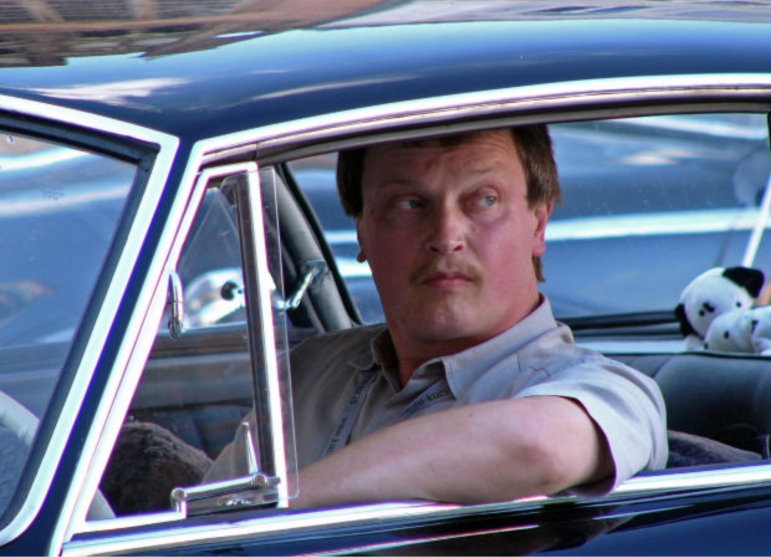Like the end of a film noir, Daylight Saving Time will fade to black Sunday, a period when Connecticut’s roadway crashes spike, warns AAA Northeast.
— an announcement from AAA Northeast
Starting Nov. 6 — when clocks “fall back” an hour at 2 a.m., and we all gain an hour — the 5 to 6 p.m. hour becomes a perilous time, said Fran Mayko, AAA Northeast spokeswoman.
“The November time change creates many more hazards during evening commutes because people aren’t used to darkness coming earlier,” Mayko said.
Between 2017 and 2021, during the 5 p.m. hour, the UConn Crash Data Repository reports Connecticut saw a 206% spike in pedestrian-related crashes when comparing the four weeks after DST ends to the four weeks prior, she said.
The same period saw a 56% increase in all crashes.

Photo by User jkt_de at at Morguefile.com
Watch out for pedestrians and cyclists, especially at intersections, especially in the next several weeks after the time change.
Despite gaining an extra hour of sleep, drivers and pedestrians aren’t necessarily alert during bleak winter days.
“People’s internal body clocks are affected in different ways,” Mayko said. “Sometimes, our concentration, attention or decision-making may be altered, so it’s important drivers and pedestrians make adjustments during this time of year.”
How to Cut Your Risk
To lower your risk once the time change goes into effect, AAA suggests drivers:
• Maintain a safe following distances because decreased visibility caused by poorly lit or unlit roads affects depth perception and peripheral vision.
• Adjust speeds to compensate for low-light conditions.
• Check for cyclists and pedestrians before turning corners and approaching crosswalks and intersections.
• Yield to pedestrians in roadways or who signal intentions to cross streets
• Make sure headlights, taillights and signal lights work properly; clean windshields and replace worn wiper blades.
For pedestrians:
• Wear reflective gear at night and carry flashlights.
• Walk against traffic; but ride bicycles with traffic; and
• Cross at corners, not in mid-block.

